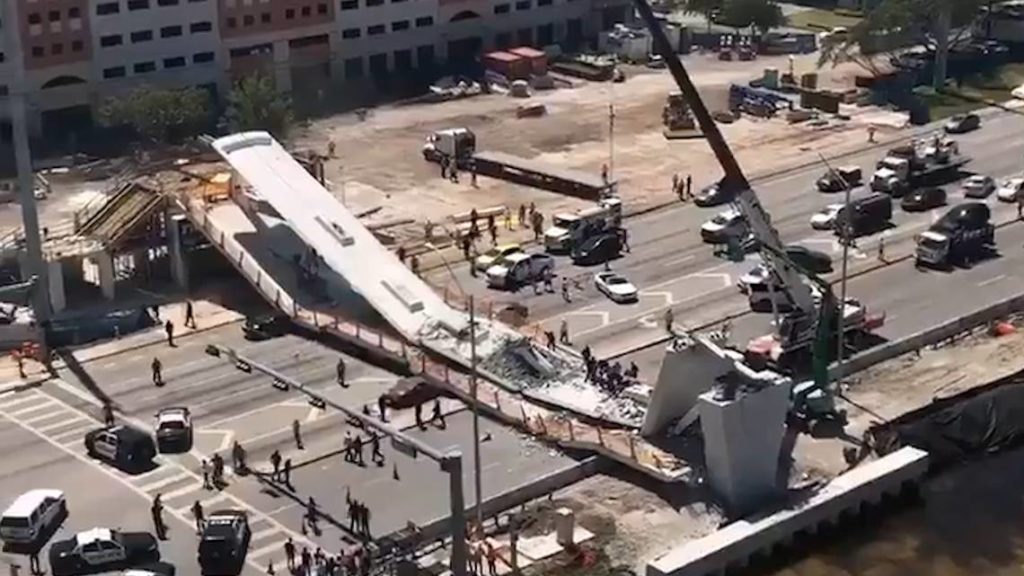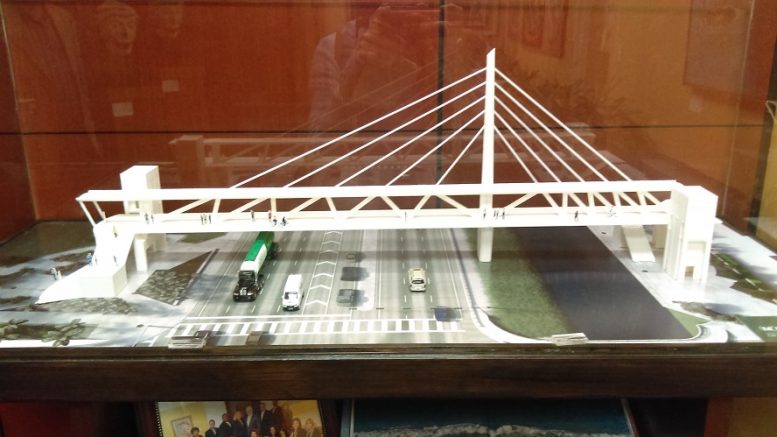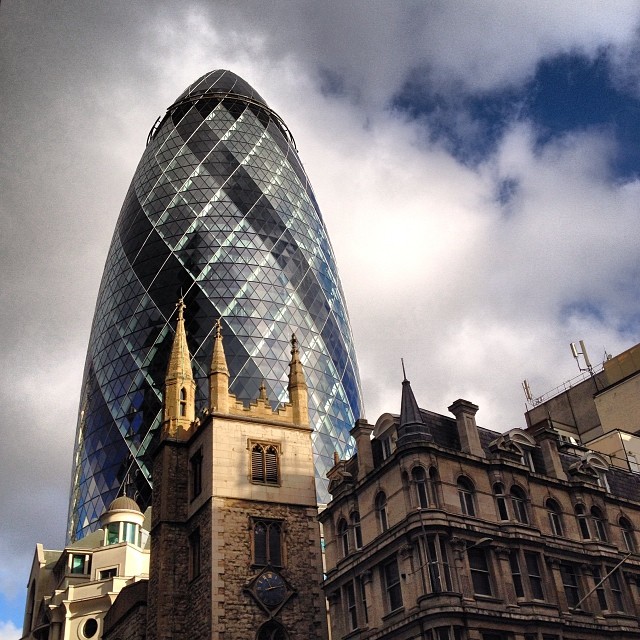- Conant St. Right of Way Model
- Toronto’s Transit Advice for New York: Give Streetcars Their Own Lanes
- Conant St. Right of Way Model
- Zaha Hadid Architects exhibit presents promise and peril of parametric design
- And something different: Building without Bias: An architectural language for the Post-Binary
Test out the gender biases embedded within terms at the Building Without Bias online dictionary - How to Hand Off an Innovation Project from One Team to Another
- Do We Need a New Theory and Name for “Bike Lanes”?
- Women’s pockets are inferior
- NYPL Instagram stories: Alice in Wonderland
- paper: Racial Disparities in Housing Politics: Evidence from Administrative Data. people attending and commenting at planning and zoning board meetings are overwhelmingly (95%!) white (compared to 80% of the voting-age population in our sample cities).
Weekly Links 1
- How America uses it’s land
- I had forgotten about the (semi)-joke Brooklyn/Mission/London Integers _thing_ of yesteryear.
London Integers gets a poster - There’s Waldo is a robot that finds Waldo
- Investigative Update on the FIU-Sweetwater University City Bridge Collapse:
Collapse of Pedestrian Bridge Under Construction Miami, Florida - The Conflict of Interest That Is Killing Recycling
- Paris open-air urinals not popular among all French
- Sidewalk Labs unveils design for neighborhood in Toronto “future city”
- Transport barriers to employment in low-income neighbourhoods mapped
About the FIU-Sweetwater UniversityCity Bridge
Yesterday the main span of the FIU-Sweetwater UniversityCity Bridge collapsed, with an unknown amount of fatalities:
The graceful pedestrian bridge was swung into place on Saturday. Heralded as a triumph of “accelerated construction,” the walkway would allow pedestrians to safely cross eight lanes of traffic separating the campus of Florida International University from the small city where many of the students lived.Five days later, around midday Thursday, the walkway collapsed in a pile of 950 tons of metal, concrete and dust, before ever opening to pedestrians. At least six people were killed, according to the Miami-Dade County police. Some reports put the number of dead a high as 10.
I wanted to quickly talk about what is going on here, since there are lots of idle speculation on the cause. Some disclaimers: I’m a trained, yet unregistered architect, and not an engineer. But I am trained in structures, and if you want to talk offline about shear forces on a simple beam, I’m all ears.
This accident ill no doubt be taught as a case study to architects and engineers, much like the Kansas City Hyatt Regency walkway collapse or the Kemper Arena Roof Collapse:
Here’s some basic facts about the bridge which I feel are material to this accident.:
- The bridge was designed as an asymmetrical cable-stayed bridge
- The 174-foot, 950-ton section of the bridge was built adjacent to Southwest Eight Street
- The main span appears to be constructed of prefabricated concrete sections, the post-tensioned in place
- The span was then rotated and moved to be installed on two supports
- The cable-stay were not in place yet
- The bridge appears to not have shifted off the end supports (the two ends rotated along what looks like a pin connection).
- It appears that the span would act as a truss, or have truss-like forces on it
It appears that the bridge failed in tension on the bottom chord (where people would walk), due to either asymmetrical weight or punching shear from one of vertical truss webs. The failure point appears to be 1/3rd from end of the span – in a simply supported beam such as this span, the highest shear stress (think material deforming) is at the ends of the span, and the largest moment (or propensity to turn over or rotate) is at the center of the span. So failure at the 1/3rd point is cause for concern and is the asymmetrical nature of the truss. Moving the bridge and installing it shouldn’t have been an issue, and this type of span construction isn’t new. That being said, it isn’t exactly a common type yet.
Here are some questions I would want to know in order to determine how it failed:
- What were the condition of the concrete sections? Were they given adequate time to cure?
- What condition are the post-tensioning system? Was it done correctly?
- During movement, were any of the sections knocked out of alignment?
- Why does it appear that some of the vertical webs punched through the bottom chord?
- What was the schedule? Were the contractors behind or at schedule?
- What unforeseen loads were placed on the bridge?
What is highly probable is that a series of small changes, or construction, or fabrication mistakes reduced the overall factor of safety on the span, speeding failure.
My Year in Cities, 2017
As is my tradition, below is a list of cities I have visited in 2017. I count only cities where I spend a majority of the day or a night in. Cities with an asterisk (*) denote visiting the same city on non-consecutive days.
- New York City, NY *
- Washington DC
- Columbus, OH *
- Philadelphia, PA *
- Olivebridge NY
- Garrison, NY
- Akron, OH
- Chicago, IL
- Orlando, FL
- Stockholm, SE
- Gävle, SE
See where I’ve been in 2016, 2015, 2014, 2013, 2012, 2011, 2010, and 2008.
My Year in Cities, 2016
As is my tradition, below is a list of cities I have visited in 2016. I count only cities where I spend a majority of the day or a night in. Cities with an asterisk (*) denote visiting the same city on non-consecutive days.
- New York City, NY *
- Hyde Park, NY
- Hudson, NY
- Phoenicia, NY
- Long Beach, CA *
- Los Angeles, CA
- Santa Monica, CA
- Venice, CA
- Rancho Santa Fe, CA
- Akron, OH *
- Chicago, IL *
- Columbus, OH *
- Las Vegas, NV *
- Montauk, NY
- Henderson, NV *
- Orlando, FL
- Sullivan County, NY
- Cleveland, OH
- Philadelphia, PA*
- North Lawrence, OH
- Fort Collins, CO
- Denver, CO
See where I’ve been in 2015, 2014, 2013, 2012, 2011, 2010, and 2008.
Humayun’s Tomb
Urban Links X
New York
- How NYC’s Failed 2012 Olympic Bid Shaped the City We Live in Today
- The lingering effects of NYC’s racist city planning
- Rezoning Gowanus now a consideration on de Blasio’s housing agenda
- Developers Bet Big on Brooklyn Office Demand
Public Policy
- Chicago installs “fitness tracker for the city” to improve infrastructure and residents’ health
- For Quick Housing Data, Hit Craigslist
- Let’s Break Up the Port Authority
- Mutual Ownership Defense Housing Division – WWII-era experimentation with mutual ownership housing (like co-ops) which was REALLY successful, even though only 8 were built
- Discrimination by Design
Transportation
Wordless Wednesday – The Gherkin
Urban Links IX
Transportation
- Self driving buses are sloooooow
- The origin of Washington DC Metro’s 26 train per hour rules
- Design competition for new Port Authority bus terminal at an impasse
- The boundaries that divide our transit systems
- Metra Electric is special, and it doesn’t fit into the paradigm that RTA and Metra have tried to fit it into for the last 35 years
Random
New York
Public policy
- We paved over farmland to build the suburbs; now those neighborhoods are off-limits to development
- A Palo Alto Planning Commissioner Leaves Town—and Starts a Furor
- Palo Alto mayor Patrick Burt fires back at housing critics
- Anti-Development Initiative Gains Backing of Leonardo DiCaprio, Other Hollywood Celebs
- How construction unions helped kill Gov. Brown’s plan to fight the housing crisis
- Reclaiming Sewer Reformism
Urban Links VIII
New York
- Here’s Your Chance To Visit The Top Of The Woolworth Building
- Commercial Trash Carting Reforms Could Cut Millions of Miles of Truck Traffic – here’s the study (pdf)
Public policy
- Democratic, Republican voters worlds apart in divided Wisconsin
- On extraordinariness – on USDS & 18F
- Wisconsin’s Anti-Urban Policies Fed Milwaukee’s Notorious Racial Segregation
Random
- The lost infrastructure of social media
- Building with robots and recycled plastic
- Sears Catalog Kit Houses – Sears Catalog Home Wikipedia article
Transportation
- Young Egyptians Are Leading Cairo’s Transit Mapping Revolution
- A Year After a Radical Route Rethink, Houston’s Transit Ridership Is Up
- Cincinnati Bell buys streetcar naming rights
- Design your own San Francisco subway map – submit it to the city for feedback



